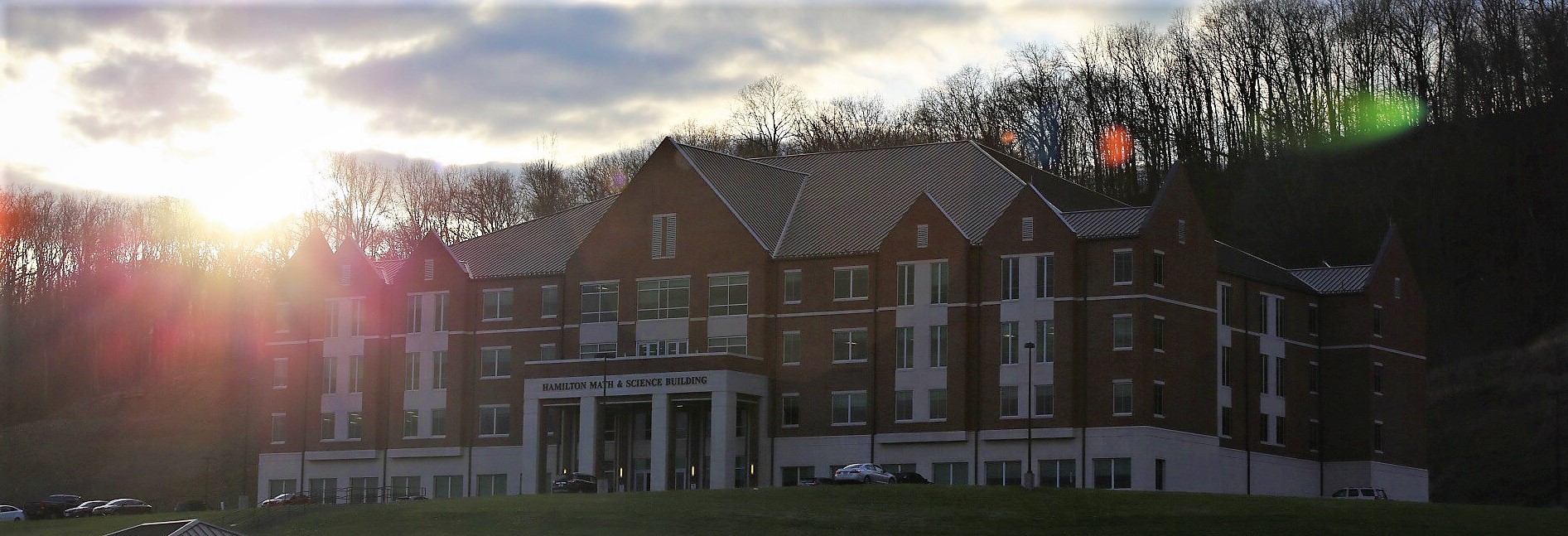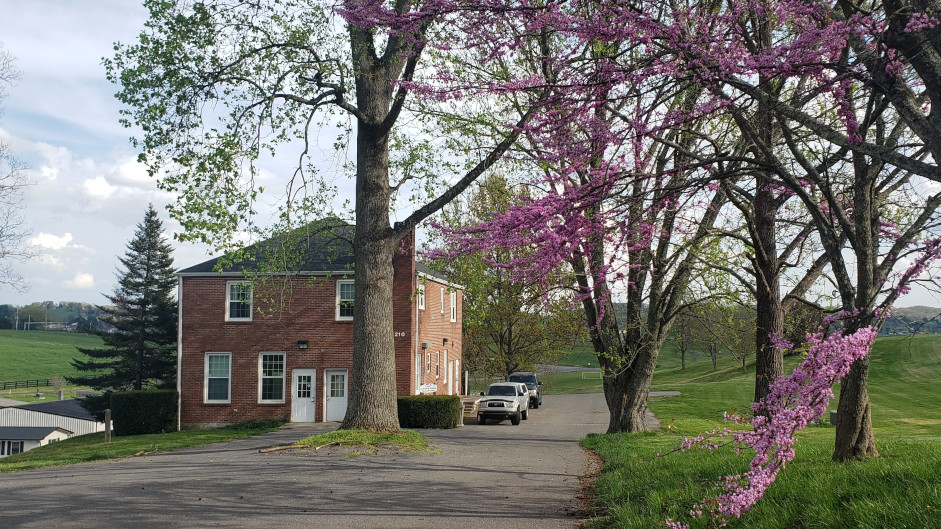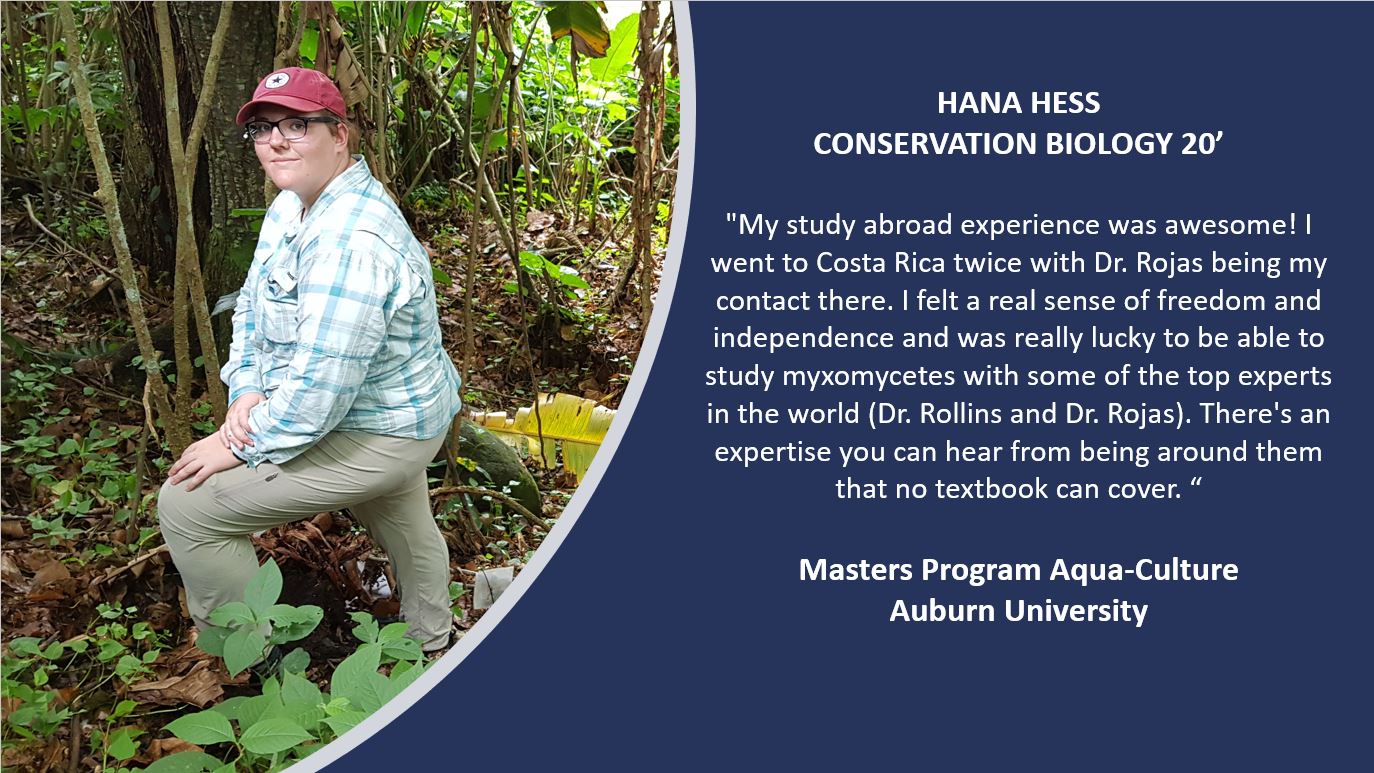

Named for the Cumberland Mountains in which the Lincoln Memorial University (LMU) was founded, the Cumberland Mountain Research Center (CMRC) was established in 1990 on the (LMU) campus to foster a collaborative research environment among faculty and students as part of the larger science education mission of the University, and to provide a broad range of research facilities, opportunities, and resources to LMU faculty and student researchers. The original objective was to take advantage of the unique ecology of southern Appalachia that surrounds the Cumberland Gap region. Working with a variety of institutions and organizations, including state and federal agencies, these efforts quickly expanded to include many areas across the Southeastern United States, as well as westward into Arkansas. Shortly after this time, the CMRC also began developing international opportunities in Kenya, Thailand, Belize, and Costa Rica, and it continues to provide and facilitate regional, national, and international opportunities for LMU faculty and students to this day.
Throughout its history, the CMRC has been involved with species management and restoration (delisting of an endangered snail) as well as identifying species new to science (including slime molds and sponges). Ongoing endangered species projects focus on the reintroduction of endangered mussels within the Powell River and monitoring efforts of an endangered species of tapir in Costa Rica. With these and many other ongoing projects, the CMRC actively promoting faculty and student research contributions in conservation biology and ecology publications in scientific journals, conference presentations, and a variety of outreach and education opportunities within southern Appalachia
With a particular interest in conservation biology and ecology, the CMRC is committed to enhancing research support to LMU faculty and students, both undergraduate and graduate, by facilitating the scholarship of discovery through high-quality research, creative activities, and outreach initiatives. Central to this mission, the CMRC will seek research opportunities, partnerships, and collaborations to foster strong research and outreach efforts, as well as seek funding and resources necessary to facilitate these endeavors. As a point of contact for all it’s stakeholders, partners, and collaborators, the CMRC will facilitate, as needed, project and research development, management, communication, and dissemination of results while adhering to the highest ethical standards and professional best practices.
As we have numerous faculty involved in a variety of research areas who mentor undergraduates as they conduct research, locally, regionally, nationally, and internationally, we are conducting research in variety of subjects listed below. With the varied interest of our faculty and students, we utilize a variety of molecular, field, and lab techniques.
Biodiversity and Influencing Factors
Elk Forage Quality in Bell County
KY Water Quality
Endangered Species
Ecosystem Health
Climate Change
Habitat Loss/Fragmentation
Wildlife Diseases

Dr Brandt’s research interests center on population and community ecology, and how both biotic and abiotic factors can be used to address and better conservation and biological assessment questions. In particular, Dr Brandt combines both field and laboratory approaches to better understand human relationships with both vertebrate and invertebrate populations and communities.
Dr. Cawley’s research interests focus on anthropogenic impacts on ecosystems and the recovery from these impacts. I have worked specifically with gopher tortoises, timber harvesting, military vehicles, and artificial lake assessment.
Dr. Dharmasena is interested in understanding how the emerging pathogens persist in pre-harvest and livestock environment and screening the pathogens for the antimicrobial resistance. This will be helpful in understanding the transferring of antimicrobial resistance through the food chain and prevention of entering the pathogenic bacteria into the food chain.
Dr. Field's interests center on public health where he is involved with improving tobacco smoking cessation education in Appalachia.
Dr. Fowler’s research interests include protein engineering, enzymology, and DNA repair mechanisms. In collaboration with the University of Tennessee at Knoxville, he uses data gathered from 1H-15N HSQC protein NMR and dynamic neutron scattering to investigate the enzymatic mechanism of human and bacterial CYP450 proteins.
Dr Hall investigates toxicological effects of various chemicals using the model C. elegans. Current projects involve determining the cellular effects, particularly in regards to DNA damage, of various heavy metals and investigating health differences of exposure to natural and chemically based sugars.
Dr. Kistler’s research interests center on wildlife disease ecology where he utilizes a combination of field-based and laboratory-based approaches to develop a better understanding of wildlife disease ecology.
Dr. Purple's research focuses on infectious diseases in wildlife and veterinary medicine. She is currently exploring the epidemiology of a pathogenic protoza parasite, Trichomonas spp., in wild birds.
Dr. Rollins’ research interests center on community ecology where he utilizes a combination of field-based and laboratory-based approaches to develop a better understanding of the ecology and global distribution of slime molds (Amoebazoans).
Dr. Shock conducts research in wildlife disease ecoepidemiology. She uses molecular methods to determine the phylogeny and diversity of pathogens, especially those transmitted by ticks.
Dr. Vanderpool's research interests include aquatic and fisheries ecology. Her research efforts focus on GIS mapping of critical habitat for sensitive aquatic species and restoration efforts for threatened and endangered freshwater mussels in the Powell River in Virginia and Tennessee.
Dr. Cooper's research interests primarily involve three areas of physics. One area is in the characterization and fabrication of thin film materials particularly in regard to their electronic properties. Another is in the realm of low energy nuclear physics and the modeling of detector responses to radiation. He is also interested in physics education research involving conceptual misunderstandings.
Dr. Everly’s research interests are in the field of organometallic chemistry and chemical education. Current projects are focused on the synthesis of ferrocene-azo dye complexes and the characterization of iron-PVA polymers.
Dr. Kirton's research interests include the use of atomic absorption spectrometry for environmental monitoring and heavy metal pollutants. He collaborates with students and faculty in Chemistry research projects, the Cumberland Mountain Research Center, and the Department of Biology. Together they carry out measurements of metals in stream waters, seawater sample, seagrass samples, and soil samples.
Dr. Kirton also explores educational research. His primary focus is the development of experiments and manuals for upper-level chemistry undergraduates (analytical chemistry and physical chemistry). Most recently he has worked with a Chemistry Seminar student to develop a new laboratory exercise to utilize the electrochemistry apparatus. Lastly,
Dr, Kirton's research work also includes colloid and surface chemistry research. He has been refining a home-made convective assembly apparatus to create thin films of colloidal particles like silica on surfaces. He also has a historical interest in the electrostatics of mixed ionic/nonionic micelles.
Dr. Boone's current research is in linear algebra, specifically in integer powers of matrices. He is currently investigating the link between the eigenvalues of a matrix and its projective order. He also has interest in finite fields, cryptography, and programming.
Dr. Clayton's research interests center on mathematical modeling with an emphasis on using differential equations to represent problems in the natural sciences and finding solutions using numerical techniques.
Dr. Aly’s research interests center on Bioinformatics as well as Networking and Network Security. In Bioinformatics, he conducts research in Computational Biology as well as Biometrics and Image Processing. Specifically, he researches the effects of EMF radiation on human health (Computational Biology) and studies the implementation of detection methods of fingerprint scanning, iris scans, voice recognition, and GSR systems (Biometrics and Image Processing). In Networking and Network Security, he investigates network defense techniques, authentication protocols, wireless network security, intrusion detection, and intrusion prevention.
Dr. Darrow’s research interests have included number theory, the history of mathematics, and general mathematics. In particular, he was interested in using the history of mathematics and original sources to enhance undergraduate mathematics courses, and he produced two number theory related results with connections to a colleague’s research.
Mr. Neff’s current research interest is in how young children learn about mathematics.